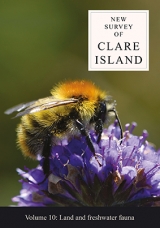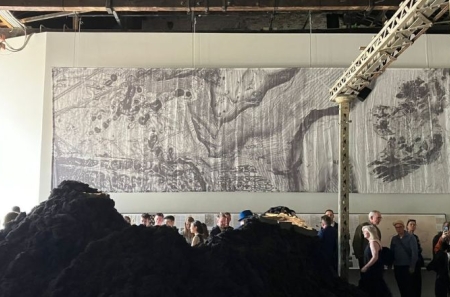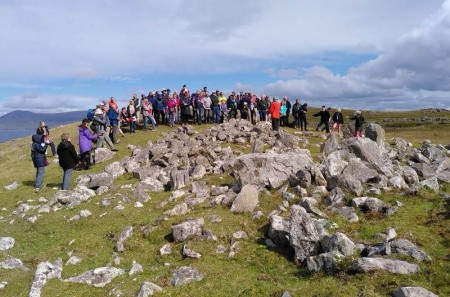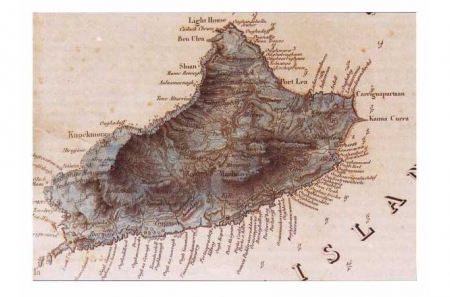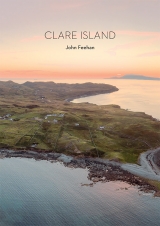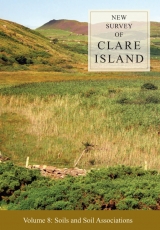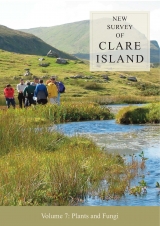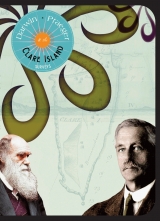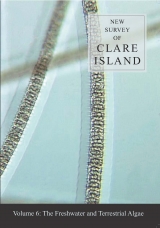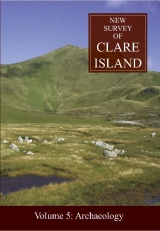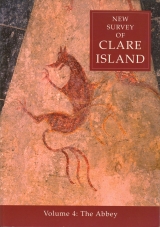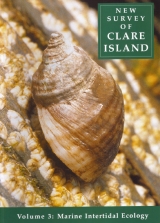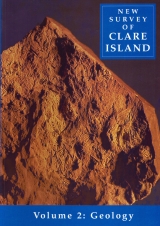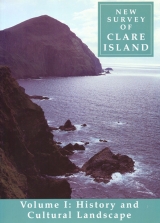New Survey of Clare Island Volume 10: Land and freshwater fauna
Book Details
Published by Royal Irish Academy
September 2022
PaperbackNumber of pages: 250
ISBN: 9781911479871
Downloads
New Survey of Clare Island Volume 10: Land and freshwater fauna available now!
This volume, the final in the New Survey of Clare Island series, comprises an interesting collection of papers describing a diverse range of invertebrate and vertebrate taxa found on the island, including ostracods, molluscs, spiders and mammals. As we move through the Anthropocene with its many facets of global change, it is important that we understand what is happening to biodiversity in Ireland. The contributions in this volume, which are interspersed with nuggets of ecological theory and descriptions of the life history of the many species found on Clare Island, provide strong evidence of the need for increased investment in studies of Irish biodiversity.
The Royal Irish Academy’s New Survey of Clare Island, a unique multidisciplinary endeavour that together with Robert Lloyd Praeger’s first Clare Island Survey provides an invaluable body of research informing future conservation of natural and built heritage of Ireland and Europe. The first Clare Island Survey of 1909–11 was the most ambitious natural history project ever undertaken in Ireland and the first major biological survey of a specific area carried out in the world.

